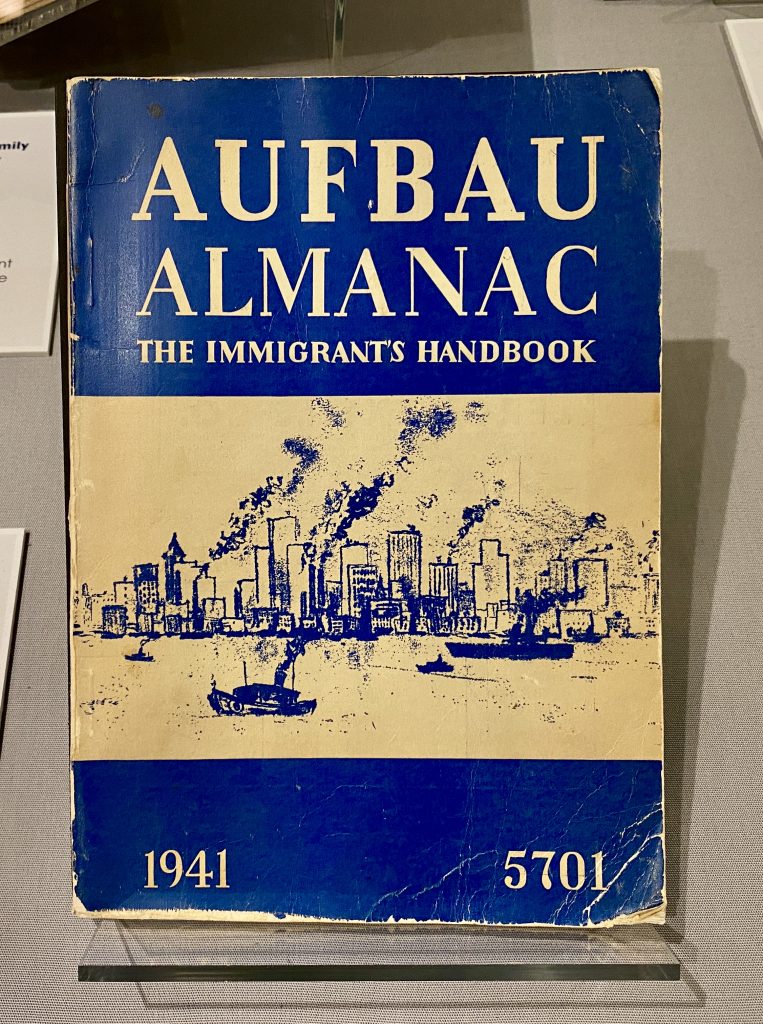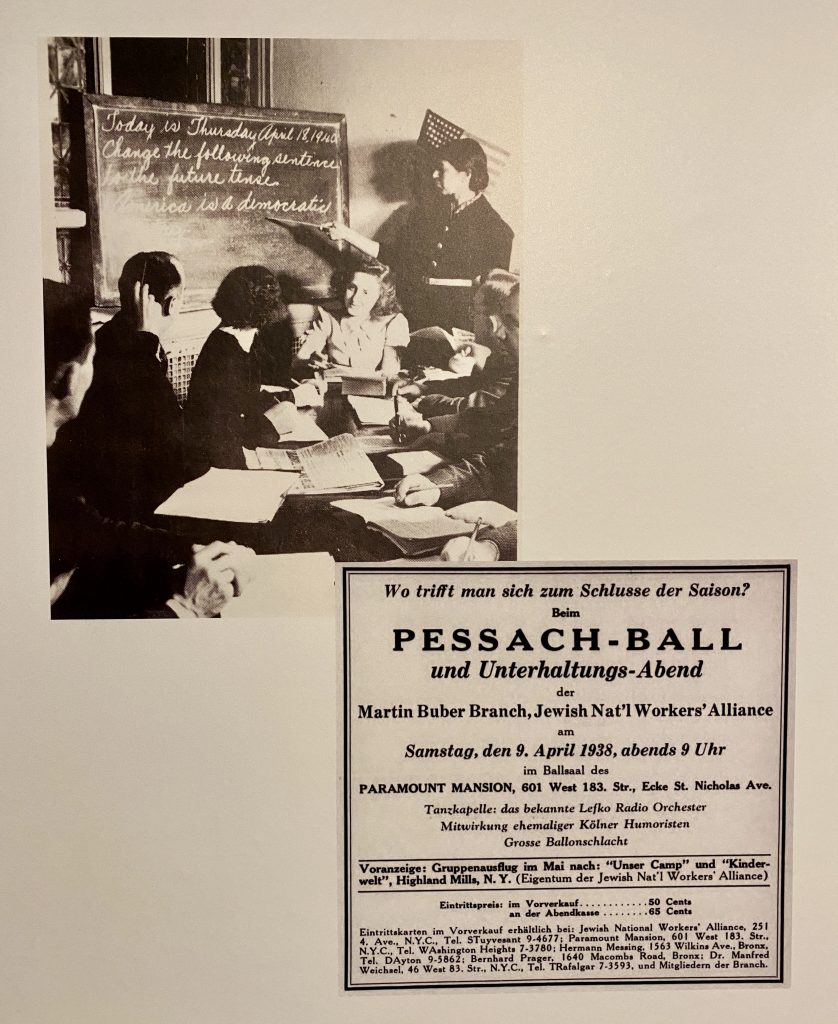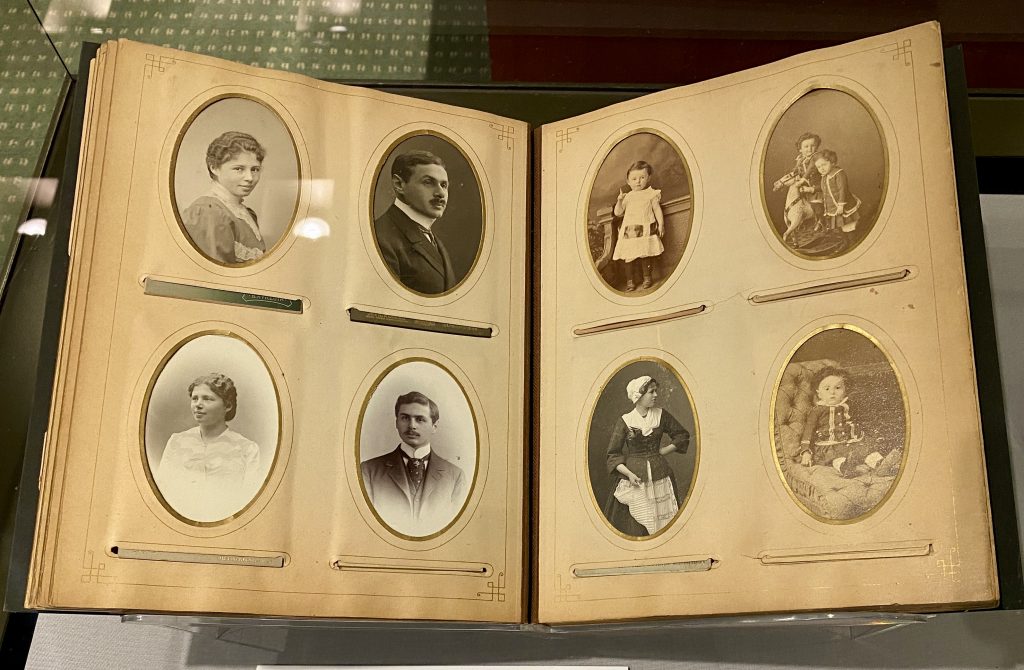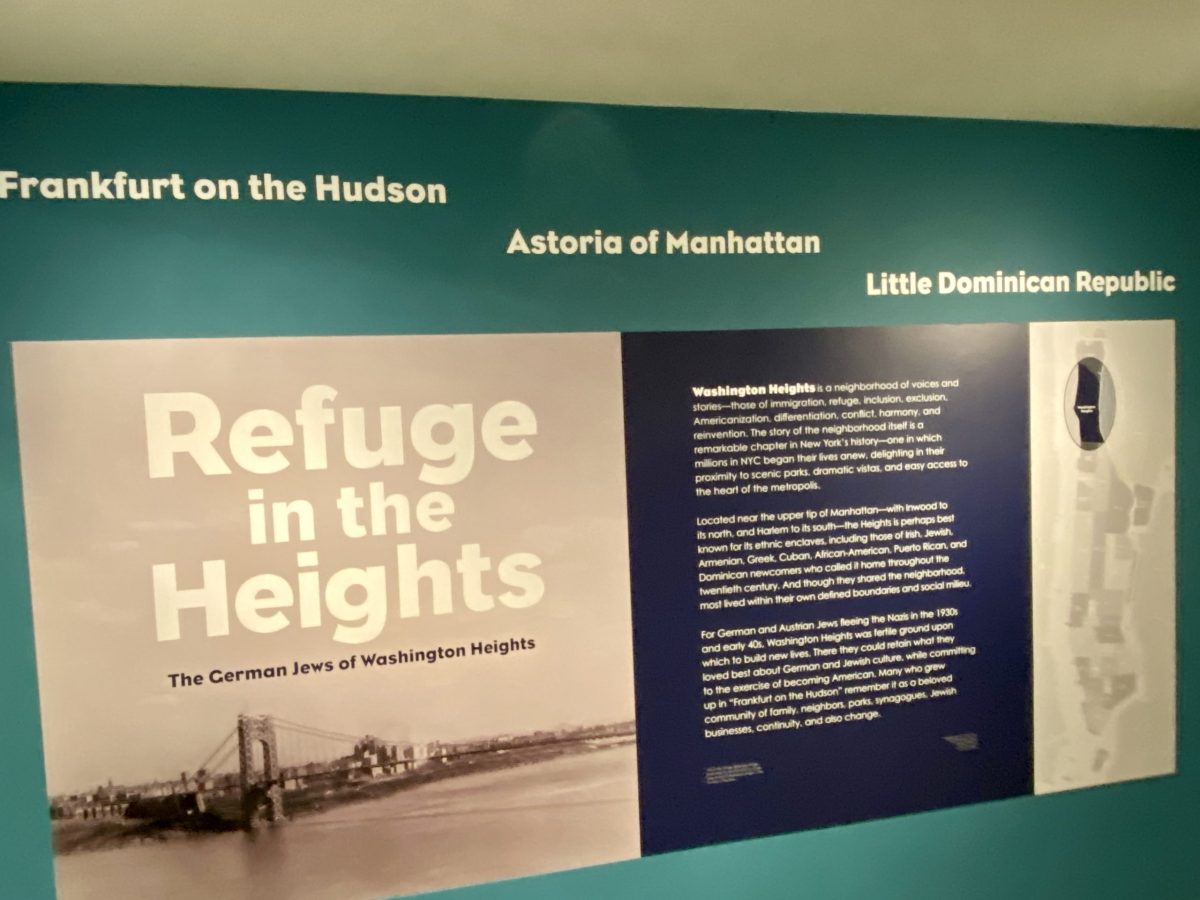A new exhibition in Chelsea explores the history of German Jewish migration to Washington Heights during the Nazi era, and how the Jewish communities settled and evolved in the Upper Manhattan neighborhood.
The show, called “Refuge in the Heights: The German Jews of Washington Heights,” opened Feb. 3 at the Leo Baeck Institute, at the Center for Jewish History at 15 West 16th St.
During the late 1930s and early 1940s, about 20,000 of the German Jews fleeing Nazi Germany would come to Washington Heights, noted Magdalena Wrobel, curator and project director of the exhibition.
“We try to show in our exhibit what happened to this immigration wave,” said Wrobel.
Wrobel added that immigrants from Berlin generally settled in other areas like the Upper West Side or Kew Gardens, Queens, while groups from small towns and villages moved to Washington Heights.
“Usually the poorest of the immigrants were deciding to go to Washington Heights,” she said.
The exhibition includes photos and historic artifacts, including passports, photo albums and a handbook for refugees on how to adapt to life in America.

There are also quotes from those came to the neighborhood, including this one from Ilse Marcus: “I realized that a great democratization had taken place in Washington Heights. People of different classes—from cities and farms, professionals and manual labors, those with Ph.D.’s and those who had not gone past grade school—lived as neighbors. This situation could never have existed in Germany where social differences were rigidly maintained.”
Another memory, from Arthur Beiser, recalled his attempts to find work and facing double-discrimination, both as a Jewish person and as a German. Many who migrated were professionals but in New York had to settle for manual labor jobs and start over in trying to build a career.
Wrobel noted one woman who was a doctor in Germany and had to start her training again in New York, becoming a doctor again after several years.
“There are many stories where people really struggled and tried to improve their situation,” Wrobel said.
The Afbau was a monthly newsletter for German Jews in Upper Manhattan, started in 1934, which not only printed news but listings for apartments, social clubs, marriage announcements and ads for local businesses. A second outlet, The Jewish Way, started in 1940 from Washington Heights and was issued twice a week.

The show goes through the establishing of religious institutions, along with social life and education for immigrants, including at places like community centers, English classes, and George Washington High School for teens.
Wrobel noted that school was a way for parents to learn as well, when kids would bring home habits and materials related to daily life. “So they were all learning how to be more American,” Wrobel said.
The exhibition includes movies from the 1950s and ‘60s of Washington Heights, and computers with extra photos that couldn’t be included in the show. The show organizers reached out on social media for photos of the neighborhood and they received many responses, Wrobel said.
There is a smaller percentage of Jewish people in Washington Heights now than during the earlier wave of migration, going from about 37 percent of the neighborhood in the 1930s and 40s to about 12 percent now, Wrobel said. The exhibit notes the different nicknames the neighborhood has had over the years, including “Frankfurt on the Hudson,” “Astoria of Manhattan,” and “Little Dominican Republic.”
Wrobel said Washington Heights is a good example of how different groups can live together in peace, and the exhibition explores the question of “What role neighborhood could play in becoming American but also preserving tradition from the homeland.”

Wrobel said the neighborhood offered a chance for newcomers to thrive and find a new home. “What makes the neighborhood so interesting is there were many immigrant groups who saw Washington Heights as their home,” she said.
She said visitors have reacted positively to the exhibit and learning more about Washington Heights. “For them it’s familiar but new also, so I think they’re curious to learn more of the history.”
The exhibit will run through the end of July.


















